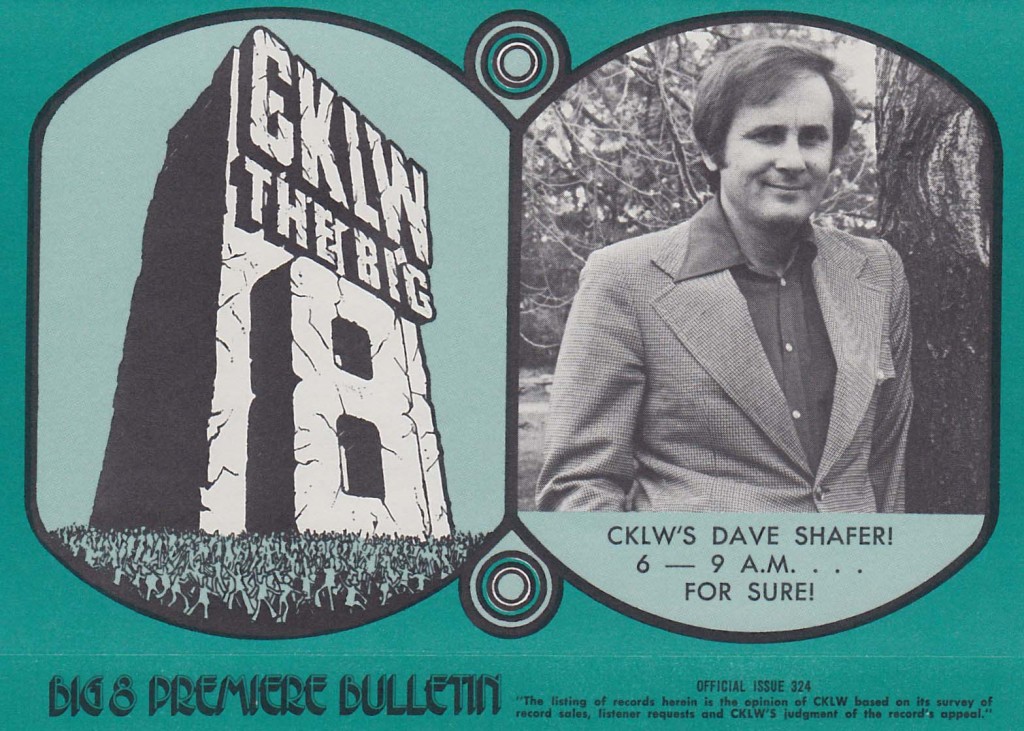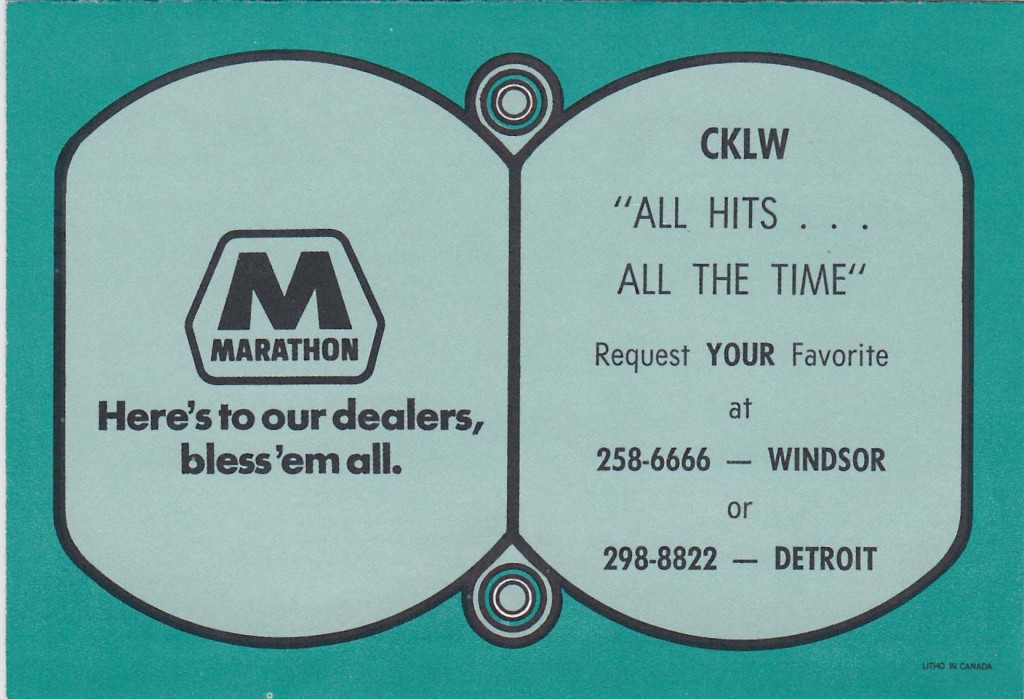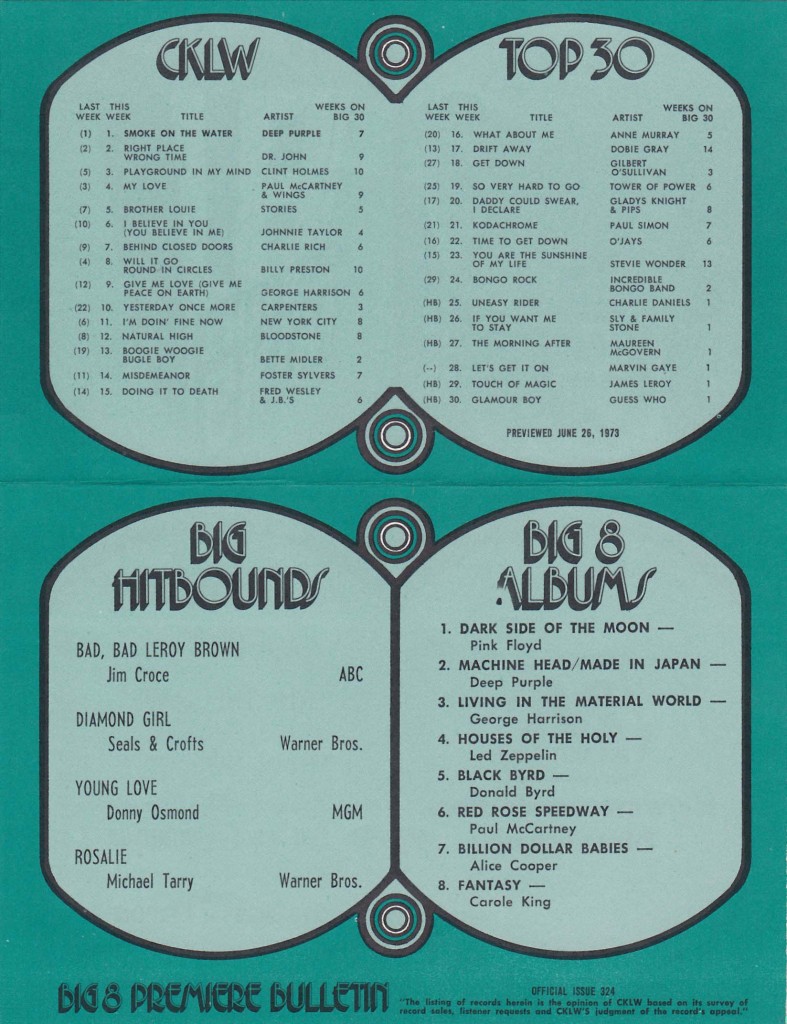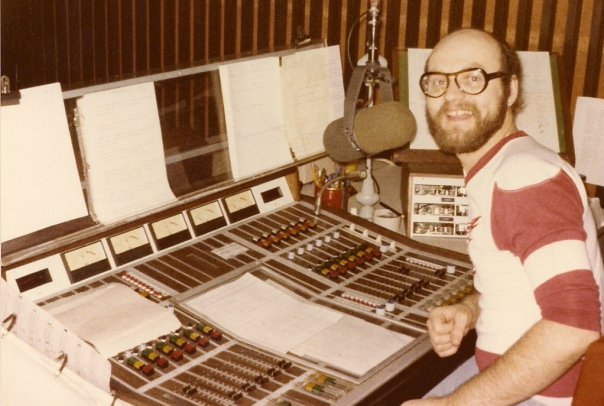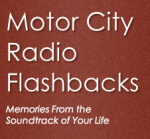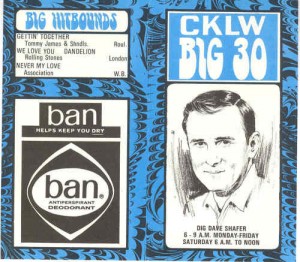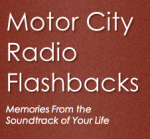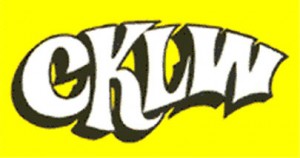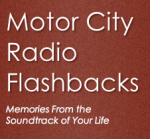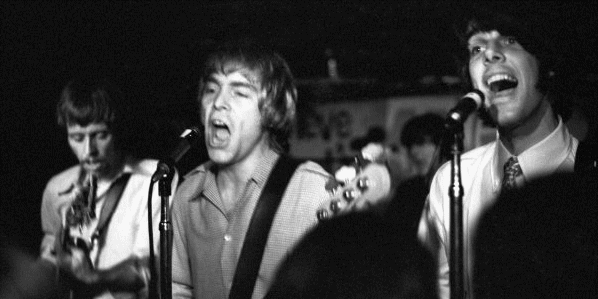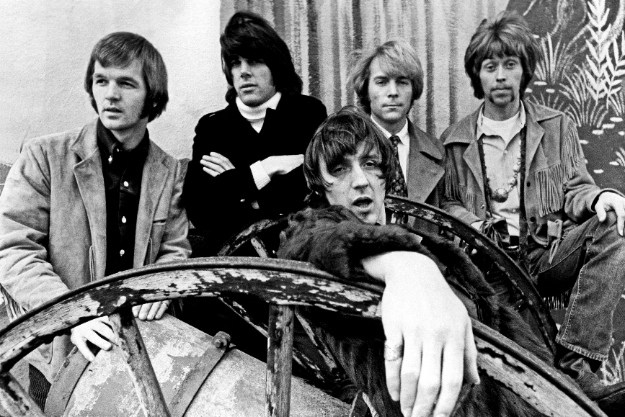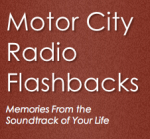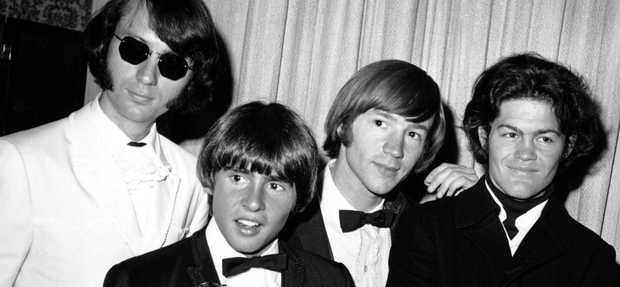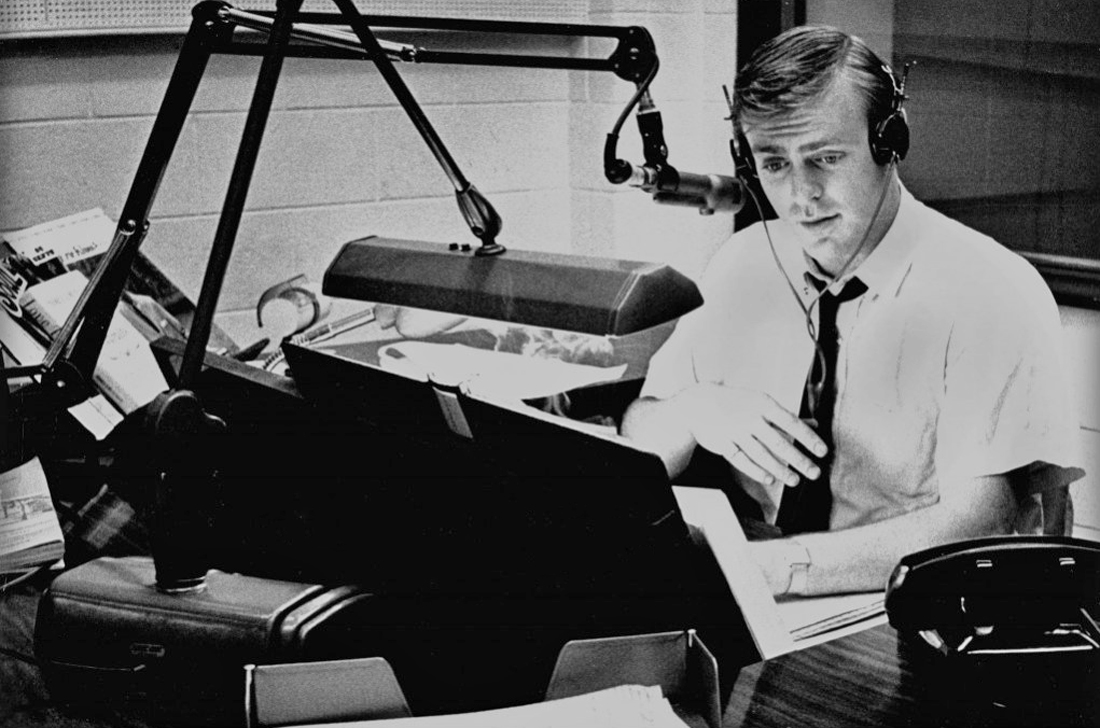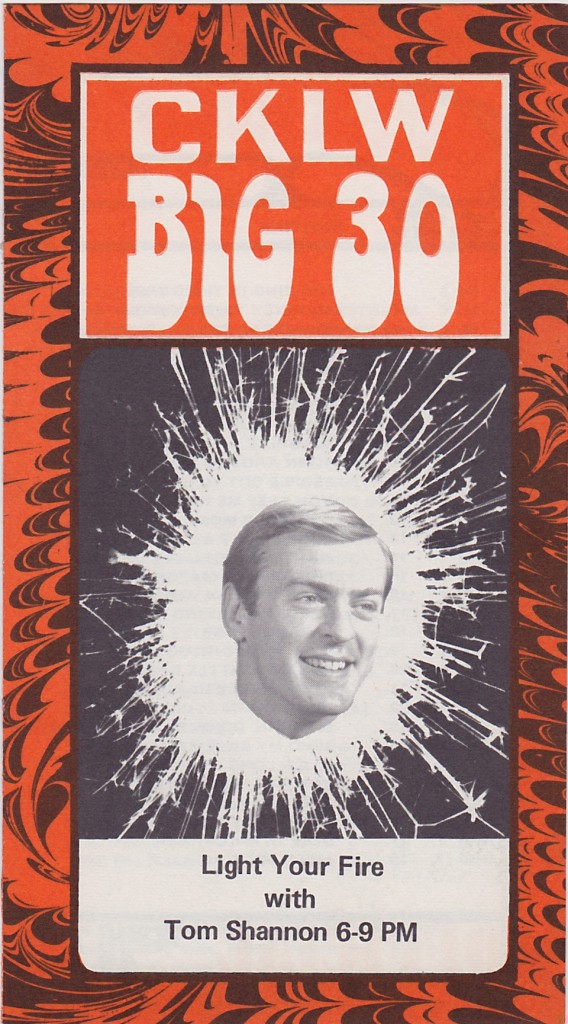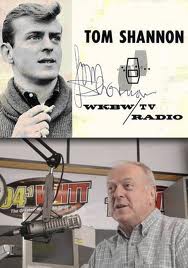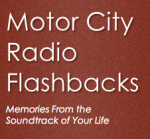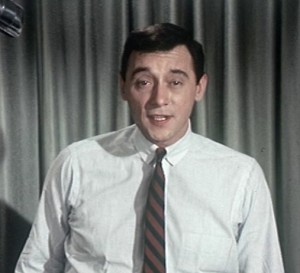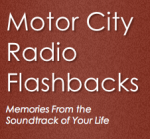 From the MCRFB NEWS archive: 1967
From the MCRFB NEWS archive: 1967
Promo Men Valuable Tools, asserts CKLW
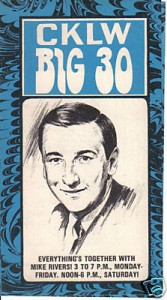
DETROIT — Close contact with record promotion men has been a contributing factor in CKLW’s surge to the top in a July-August Hooper audience rating survey, according to program director Paul Drew. The Hot 100 format edged out easy-listening station WJR-AM 20 to 19.9 in total rated time periods. WKNR, once the leading rock ‘n’ roll outlet, had a 13. 6 in the Detroit market. WJR does best in the morning hours, losing out 25.2 to 12.3 in the noon to 6 p.m. slot Monday through Friday. WKNR also tops WJR in the afternoon period.
A “feel” of the market is necessary in order to program a radio station successfully, said Drew. This involves “going where the people go. . . . not watching TV or going where you want to go.”
Promotion men can be a valuable aid in learning what’s on CKLW on March 3. The 50,000-watt station had never before enjoyed good ratings. . . . going on in a market, Drew says. The 50,000-watt station beaming out of Canada into Detroit and beyond had never before enjoyed good ratings. . . . going on in a market, Drew said. CKLW set aside two days each week so promotion men can see the music librarian, he said, “and I try to see them when I can.” Last Monday, for example, Drew took time to talk to Sammy Kaplan, an independent man ” who’s don’t very well and has given us some good information”; Harvey Cooper, RCA-Victor Records; Cliff Goroff, Dot Records; and Russ Yerges, Columbia Records. In addition, Drew tries to take or return every telephone call from all the record men connected with the recording industry for the benefit of where the station has been going both in popularity and market rank.
Team Effort
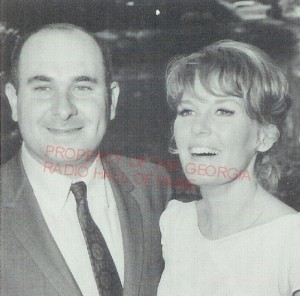
Drew, formerly music director at WQXI in Atlanta, took over as program director at CKLW earlier this year, which at the time was certainly not benefiting the high ratings it hold now. Drew felt that the achievement was a team effort of the people at the station; though he did bring in some deejays, such as Gary Mitchell, Mike Rivers and Jim Edwards, he did not do the “cleaning house” (Tom Shannon, Dave Schafer remains) that many program directors do. Playlist varies, but centers around a group of 30 records, plus eight or nine “hitbound” selections added each week, plus a few album cuts. Last week, the station was playing one cut from Aretha Franklin’s “Aretha Arrives” LP, “If I Were A Carpenter” from the new Four Tops album “Reach Out,” and a track from Dionne Warwick’s “Window Of The World” LP.
Watches Playlist
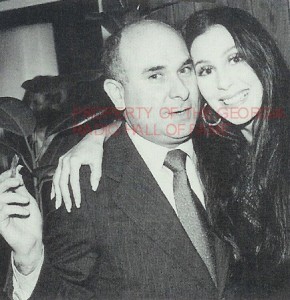
A tight playlist doesn’t necessarily mean that a new product won’t get played, he said. Last week, the station went on J. J. Barnes new “Now That I Got You” on Groovesville Records and was also playing the Strawberry Alarm Clock’s “Incense And Peppermints.” A new record by an unknown artist will have trouble making the station’s playlist, he said. . . . “It’s a rare thing, unless it’s a smash in another market.” The station watches closely current radio playlists in Flint and Lansing. At night, CKLW’s signal reaches 18 States, Drew said.
Drew started in radio in 1955 at WHLS in Port Huron, Michigan, after attending Wayne State University in Detroit where he majored in speech and psychology. He was a deejay for four years at WGST in Atlanta, doing a nightly rock ‘n’ roll show for the good music station, there since 1963. It was about this time that Phil Yarbrough, now known as Bill Drake, talked him into joining WAKE in Atlanta, where Drake was program director. Drake went to KYA, San Francisco, and Drew went to WQXI in Atlanta for three years. While there he served as deejay, then program director, then music director for the popular top 40 radio station. END
___
(Information and news source: Billboard; September 30, 1967)
MCRFB Note: The Jim Davis YouTube interview featured below took place in 2002. For more on Jim Davis (Big Jim Edwards) today, go here.
![]()




